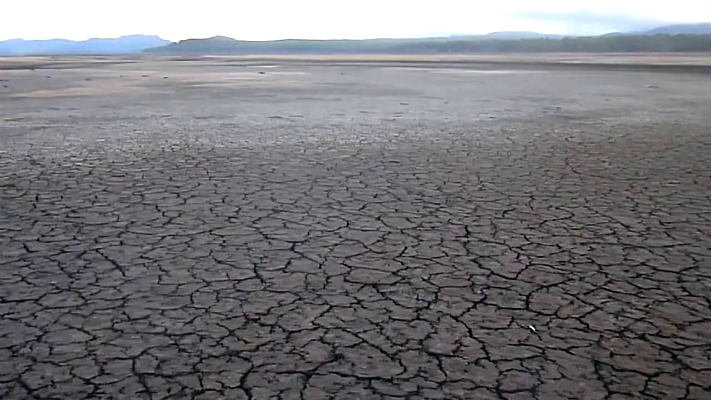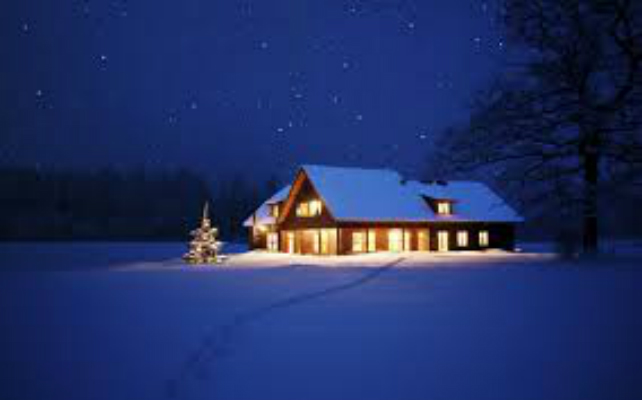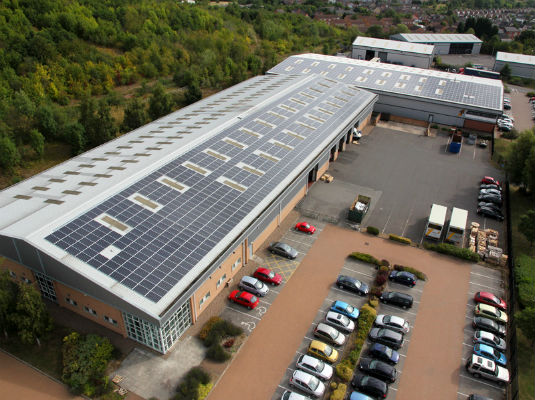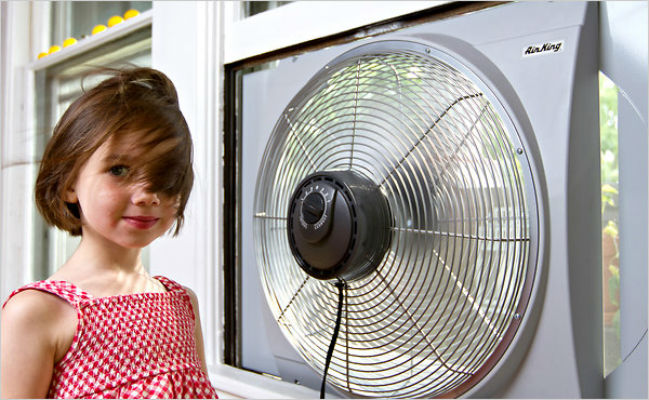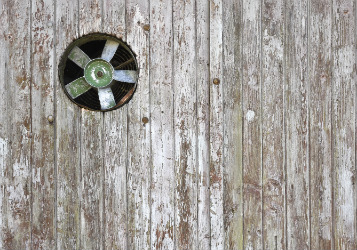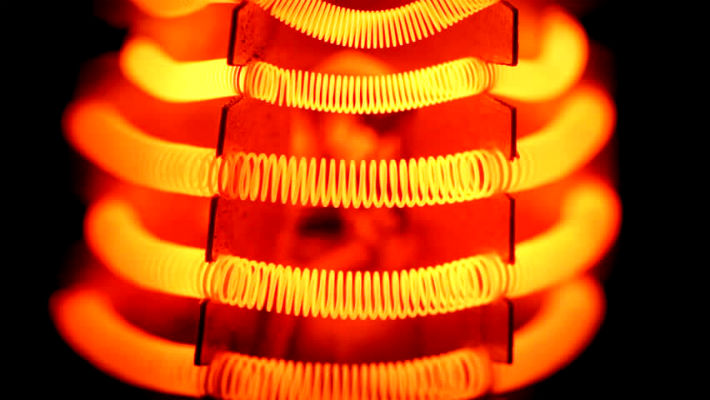
How Much Power Does My Electric Heater Use?
It’s a very common question. Everyone wants to know how much it really costs to run their electric heater.
Electric heaters come in a variety of types, including convection, radiant and fan heaters, and a variety of sizes from less than 1 kilowtt to 8.5 kilowatts.
No matter what type of heater you have, the running cost is always a combination of the same 3 factors:
- The kilowatt rating of the heater
- The cost per hour of electricity
- The number of hours the heater is operated
It doesn’t matter what type or size heater you have, the equation is still the same.
For example if you have a 6.0 kw fan heater on the Hydro Heat tariff of 15.2 cents per kilowatt hour then your heater will cost 91 cents per hour to run. If you run the heater on it’s highest setting for 6 hours a day your total cost will be $5.46 per day.
6.0 kw x 15.2 cents x 6 hours = $5.46
If you have a 2.4kw panel heater on the normal light and power tariff of 25.2 cents per kilowatt hour then your heater will cost 60.48 cents per hour to run. If you run that heater on it’s highest setting for 10 hours a day your total cost will be $6.05 per day.
2.4 kw x 25.2 cents x 10 hours = $6.05
With the costs outlined above its easy to see how electricity bills can spiral out of control. With a 6.0 kw main heater in your lounge and a 2.4kw panel heater in the hallway, running for 6 and 10 hours respectively, your quarterly power bill would be $1,035.00 for heating alone.
In normal use, even if your heater is switched on for 10 hours a day it won’t be running flat out for the whole 10 hours. Most heaters have some type of thermostat to regulate the temperature.
If you turn the thermostat up high the heater will run for longer. Turn it down and the heater runs for less time.
The examples above are probably close to maximum costs and your actual cost will be less, depending on how you set the thermostats.
Other variables that affect the cost of running your heater include the design and construction of your home.
A well insulated home will retain more of the heat produced, allowing you to run your heater at a lower thermostat setting.
Closing off rooms to contain the heat and closing your curtains will reduce the cost of heating.
Your heater should be matched to the size of the area you want to heat.
A fan heater that is serviced and cleaned regularly will run more efficiently than one choked full of dust. Regular cleaning may also help you avoid the cost of replacing fan motors and elements damaged by over-heating.
Avoid expensive repair bills for your electric fan heater.
It’s worth the effort to check the kilowatt rating of each of your heaters and do the calculations to get an idea of how much each heater costs to run.
Sometimes the hourly cost can seem small, but multiplied by a few hours a day and then multiplied again by 90 days, that small cost can really add up.
Knowing what your heaters cost to run can help you avoid getting a nasty shock when your next power bill arrives.
For advice on electric heater installation and repairs phone Mance Electrical Launceston on 6331 4711 or send us an email using the form below.

